Senegal’s Mamy Tall on city planning, bioclimatic construction and heritage
Mamy Tall from Senegal is part of our series of profiles of architects, spatial designers and builders shaping West Africa's architectural future
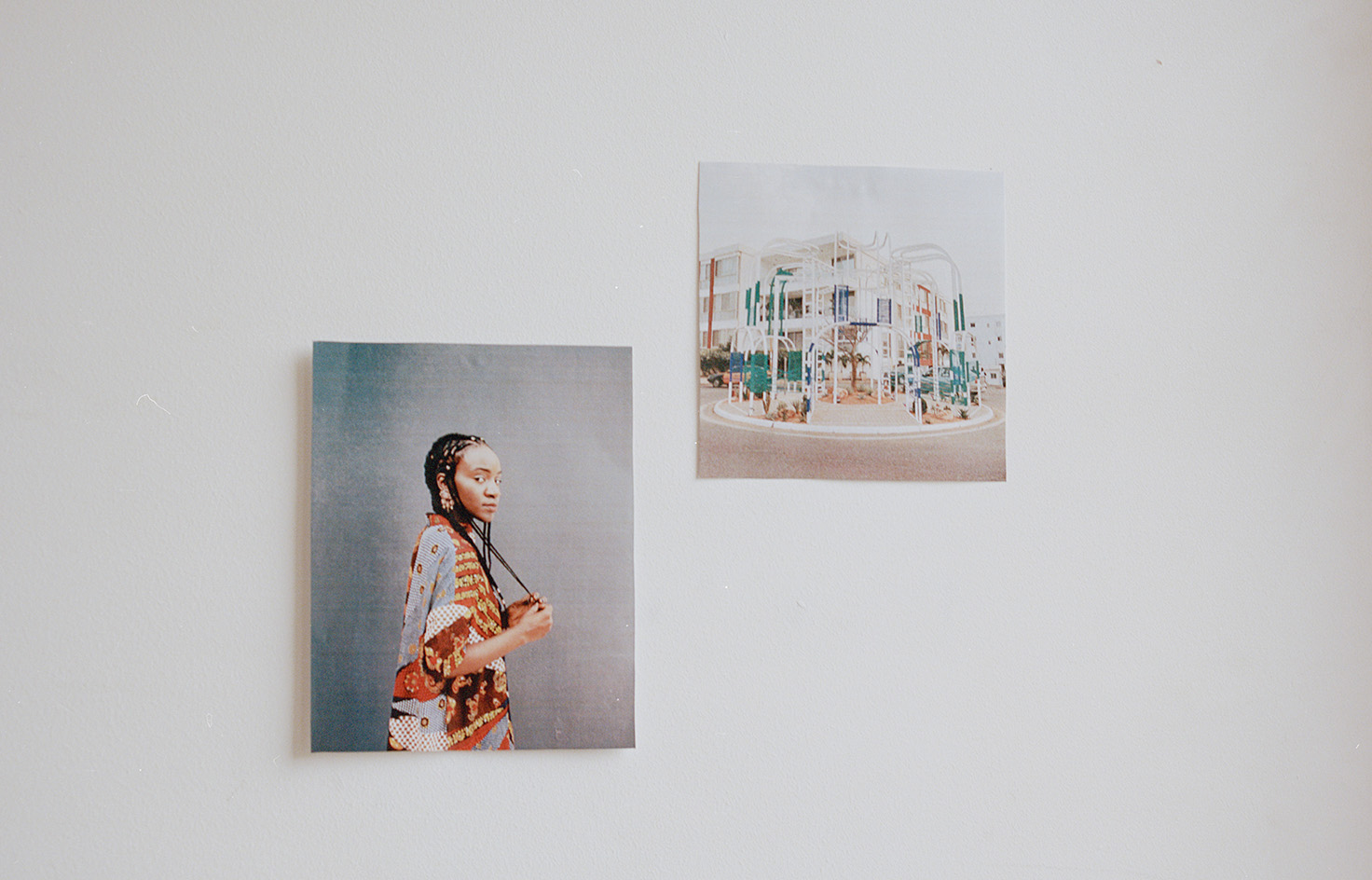
Mamy Tall explains: ‘I have always been passionate about architecture, I have always imagined it as a humanistic profession. I dedicated my work to informing people about the importance of planning and maintaining cities, to raise awareness of bioclimatic construction, to open the debate about heritage and its place in our societies, to create bridges between architecture and fashion, to bring solutions to urban problems, and finally, to understand our political system and its impact on the exercise of our trade.’

West African studios: Mamy Tall
Tall grew up in Togo and trained as an architect in Montreal, Canada, before returning to Africa and making Senegal her home. The dynamic designer enjoys multitasking and this becomes immediately clear when she starts listing her multitude of undertakings. She is the founder of Weex Tall, a Dakar studio that consolidates her various activities and interests: Lives, a platform she co-founded, which promotes African destinations and their creative ecosystem; a documentary series; collaborations in fashion, which considers her second passion after architecture; photography; and exhibition design.
Tall also works at the Senegalese government’s Office of Architecture and Conservation of National Palaces, looking after the monuments’ conservation, as well as the rehabilitation and construction of religious sites and universities across the country; and she represents the French firm Wilmotte & Architects on its projects in Dakar (it has a headquarters for the United Nations, as well as several restoration projects underway).

Her creative endeavours share a common thread: Tall’s passion for solving problems, and applying architecture and design towards offering solutions to key social and urbanistic issues of our times, such as ‘urban development, the absence of an architectural identity, the non-use of local materials, and the progressive disappearance of heritage’, she explains.
She enjoys exploring experimental approaches, but at the same time, drawing on time-honed techniques – building with earth is a key example, as she feels it consolidates sustainable architecture with the support and preservation of a contextual architectural identity. ‘Earth is a material that is available and adapted to our climate,’ she says. ‘However, it is stigmatised and associated with poverty and construction in rural areas. There are many preconceived ideas about it, whereas there are new techniques for modernising earth, which, when properly used, replace very advantageously industrialised products, such as cement or concrete.’
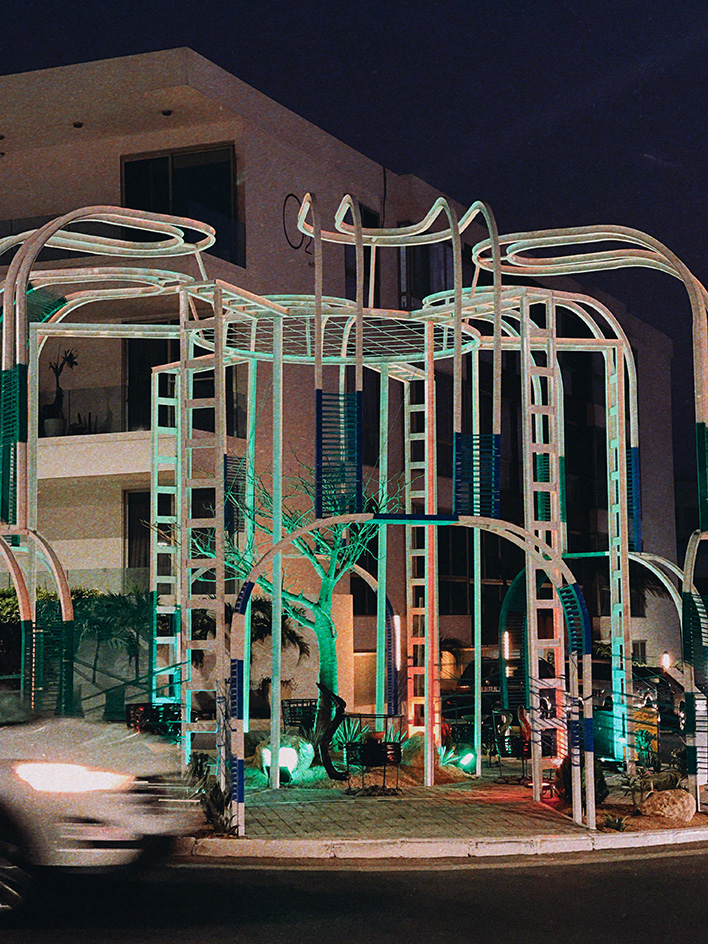
One of her most recent independent works, an exhibition titled ‘Doxantu’, for the Dakar Biennale 2022, looks at the concept of a roundabout, creating a large-scale installation for such a site within the capital. Tall recognises the display as a key breakthrough project for her young studio. It is built around a dry garden featuring a baobab tree (the symbol of the Senegalese nation) and a paved surface. Here, Tall invited artists, such as Gorgui Mbaye and weaver Issaka Bonkoungou, to enrich the space with site-specific creations.
Tall’s projects often tackle similar debates about the use of urban space, and the creation of cities and communities; infused by her support of non-industrialised local materials and methods, which Tall stresses, does not necessarily mean a return to tradition, as they can often display a very modern character.
Receive our daily digest of inspiration, escapism and design stories from around the world direct to your inbox.
West African studios: the series
From Senegal to Nigeria, and from Niger to the Ivory Coast, West Africa is vast and brimming with potential. A powerful mix of peoples and cultures, and in some nations, exponential demographic and economic growth, makes this part of the world a locus of change. The result? A dynamic new generation of studios that operate in the architecture realm and push the boundaries of their field to a promising future. Architects, spatial designers and builders converge here to create a unique, rich melting pot of fresh thinking and innovation that will no doubt reshape the way we think about architecture globally.
Our series on West African studios – architects, spatial designers and builders – continues on Wallpaper.com. Also showcased so far is Nigeria’s Studio Contra and Senegal’s Worofila.
A version of this story appears in January 2023 Wallpaper*, The Future Issue, available now in print, on the Wallpaper* app on Apple iOS, and to subscribers of Apple News +. Subscribe to Wallpaper* today
Ellie Stathaki is the Architecture & Environment Director at Wallpaper*. She trained as an architect at the Aristotle University of Thessaloniki in Greece and studied architectural history at the Bartlett in London. Now an established journalist, she has been a member of the Wallpaper* team since 2006, visiting buildings across the globe and interviewing leading architects such as Tadao Ando and Rem Koolhaas. Ellie has also taken part in judging panels, moderated events, curated shows and contributed in books, such as The Contemporary House (Thames & Hudson, 2018), Glenn Sestig Architecture Diary (2020) and House London (2022).
-
 The White House faced the wrecking ball. Are these federal buildings next?
The White House faced the wrecking ball. Are these federal buildings next?Architects and preservationists weigh in on five buildings to watch in 2026, from brutalist icons to the 'Sistine Chapel' of New Deal art
-
 Georgia Kemball's jewellery has Dover Street Market's stamp of approval: discover it here
Georgia Kemball's jewellery has Dover Street Market's stamp of approval: discover it hereSelf-taught jeweller Georgia Kemball is inspired by fairytales for her whimsical jewellery
-
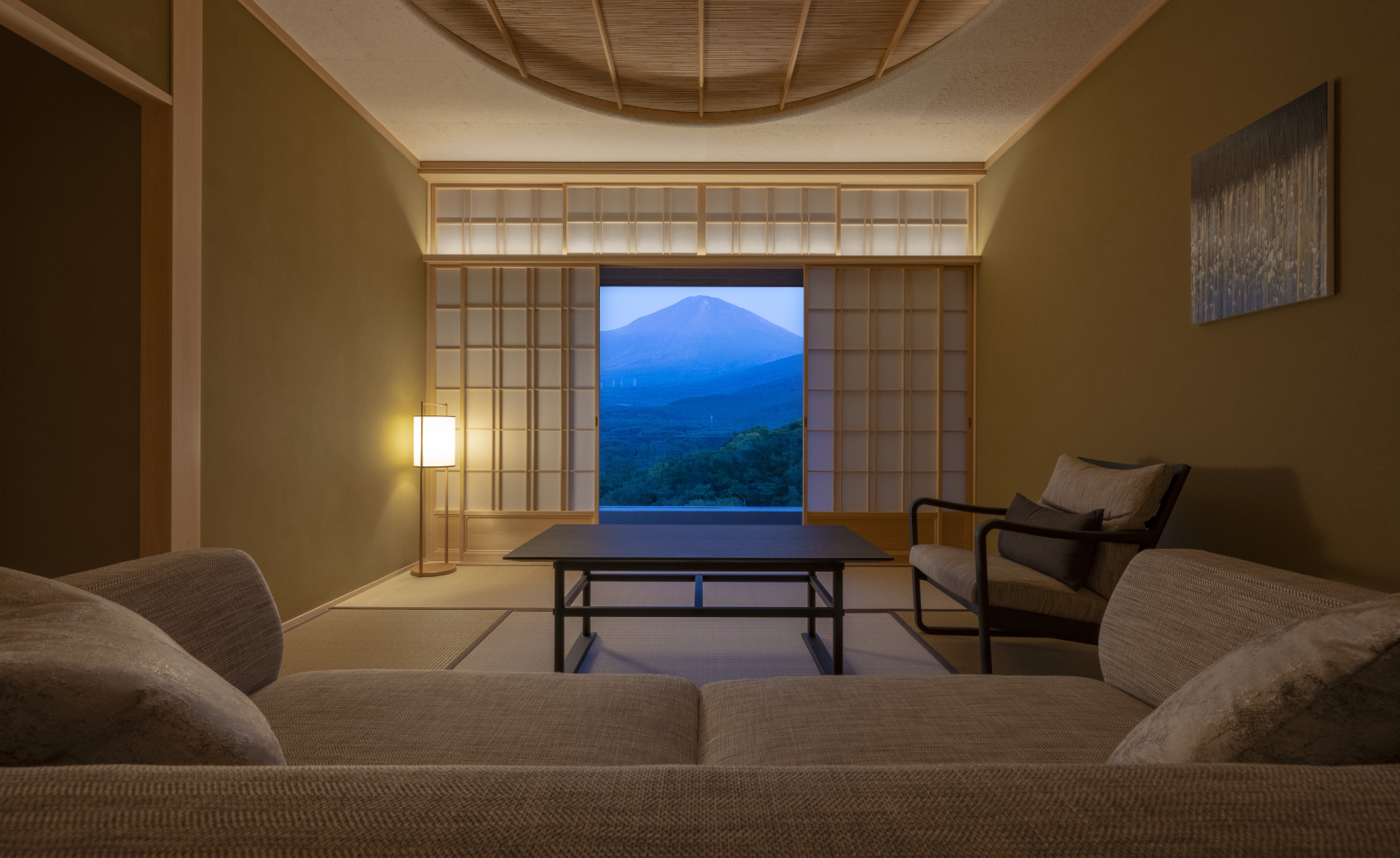 The best way to see Mount Fuji? Book a stay here
The best way to see Mount Fuji? Book a stay hereAt the western foothills of Mount Fuji, Gora Kadan’s second property translates imperial heritage into a deeply immersive, design-led retreat
-
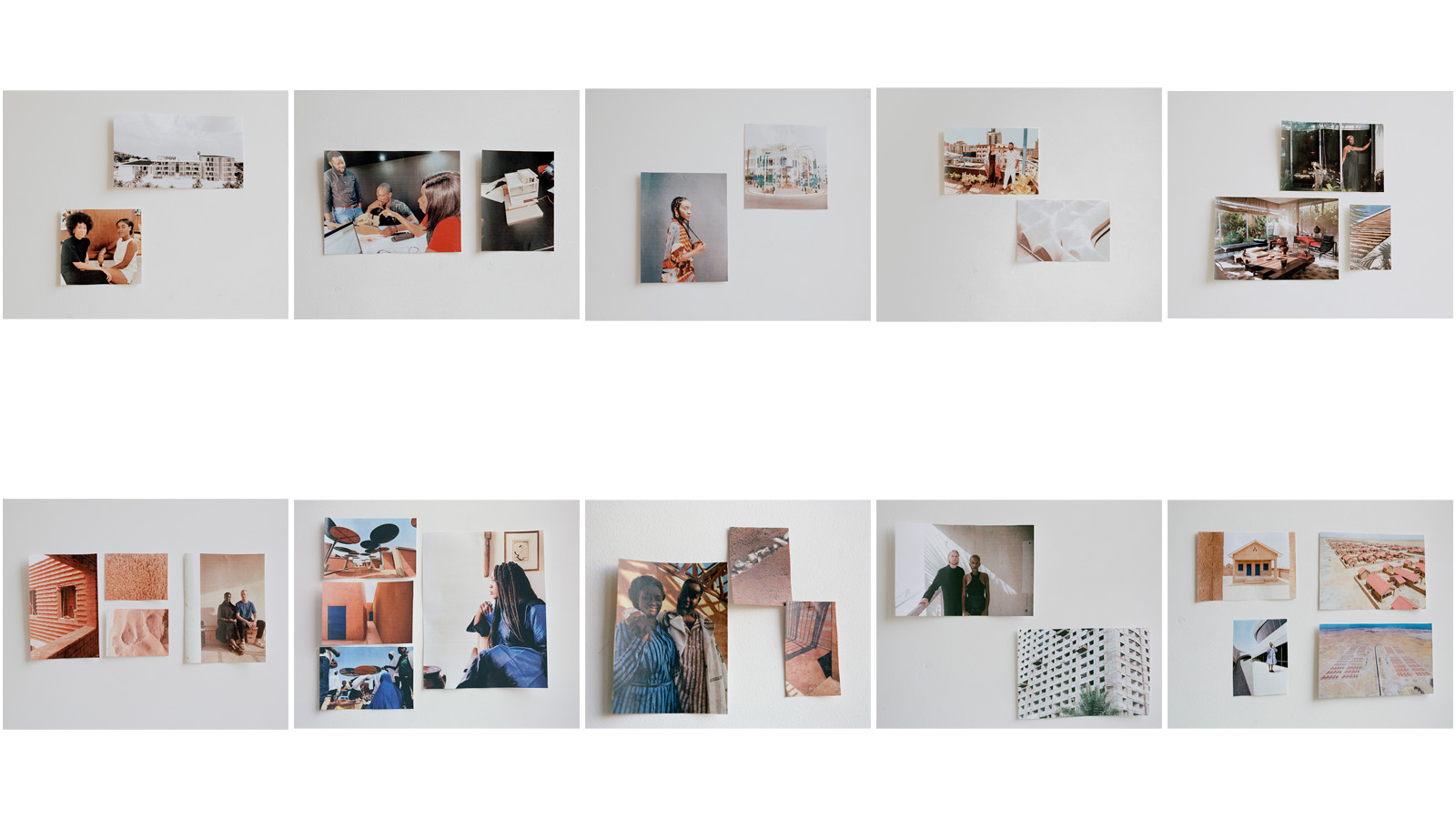 The 10 emerging West African architects changing the world
The 10 emerging West African architects changing the worldWe found the most exciting emerging West African architects and spatial designers; here are the top ten studios from the region revolutionising the spatial design field
-
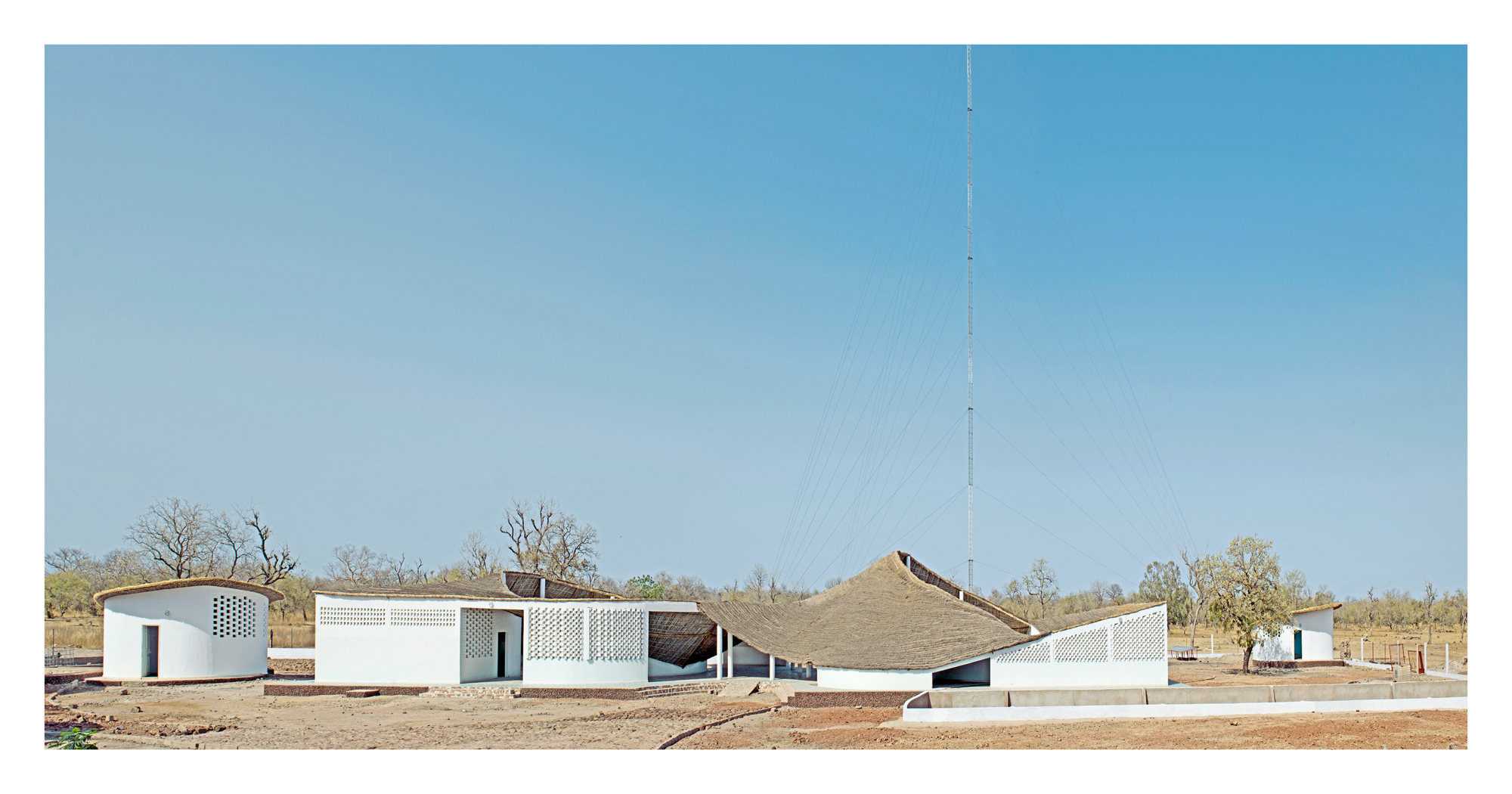 Toshiko Mori's well-connected community centre in rural Senegal has high ambitions
Toshiko Mori's well-connected community centre in rural Senegal has high ambitionsToshiko Mori gives a talk introducing 16- to 25-year-olds to architecture at the Royal Academy of Arts in London tonight; to mark the occasion we revisit her 2015 community centre in rural Senegal
-
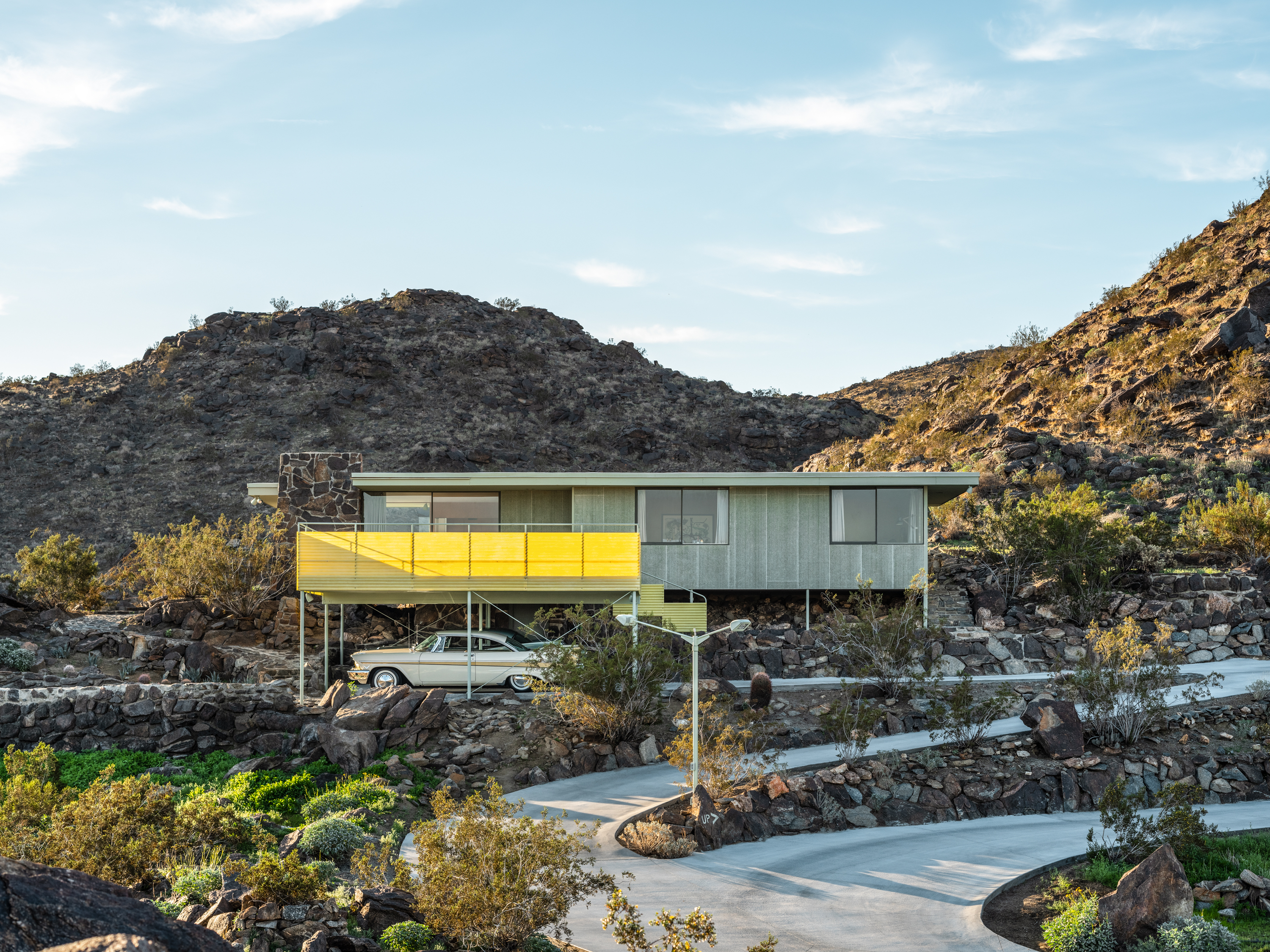 Modernist architecture: inspiration from across the globe
Modernist architecture: inspiration from across the globeModernist architecture has had a tremendous influence on today’s built environment, making these midcentury marvels some of the most closely studied 20th-century buildings; here, we explore the genre by continent
-
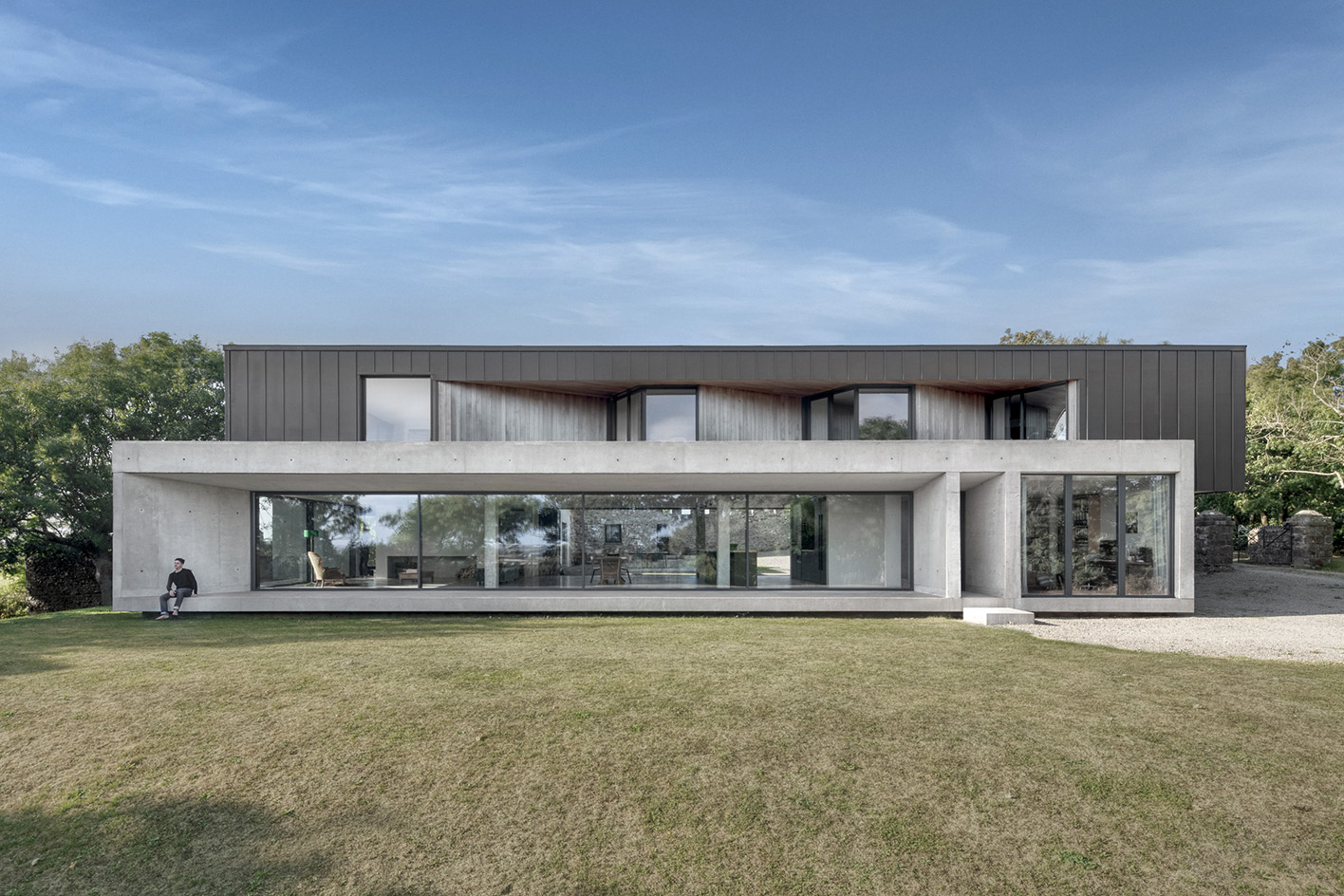 Minimalist architecture: homes that inspire calm
Minimalist architecture: homes that inspire calmThese examples of minimalist architecture place life in the foreground – clutter is demoted; joy promoted
-
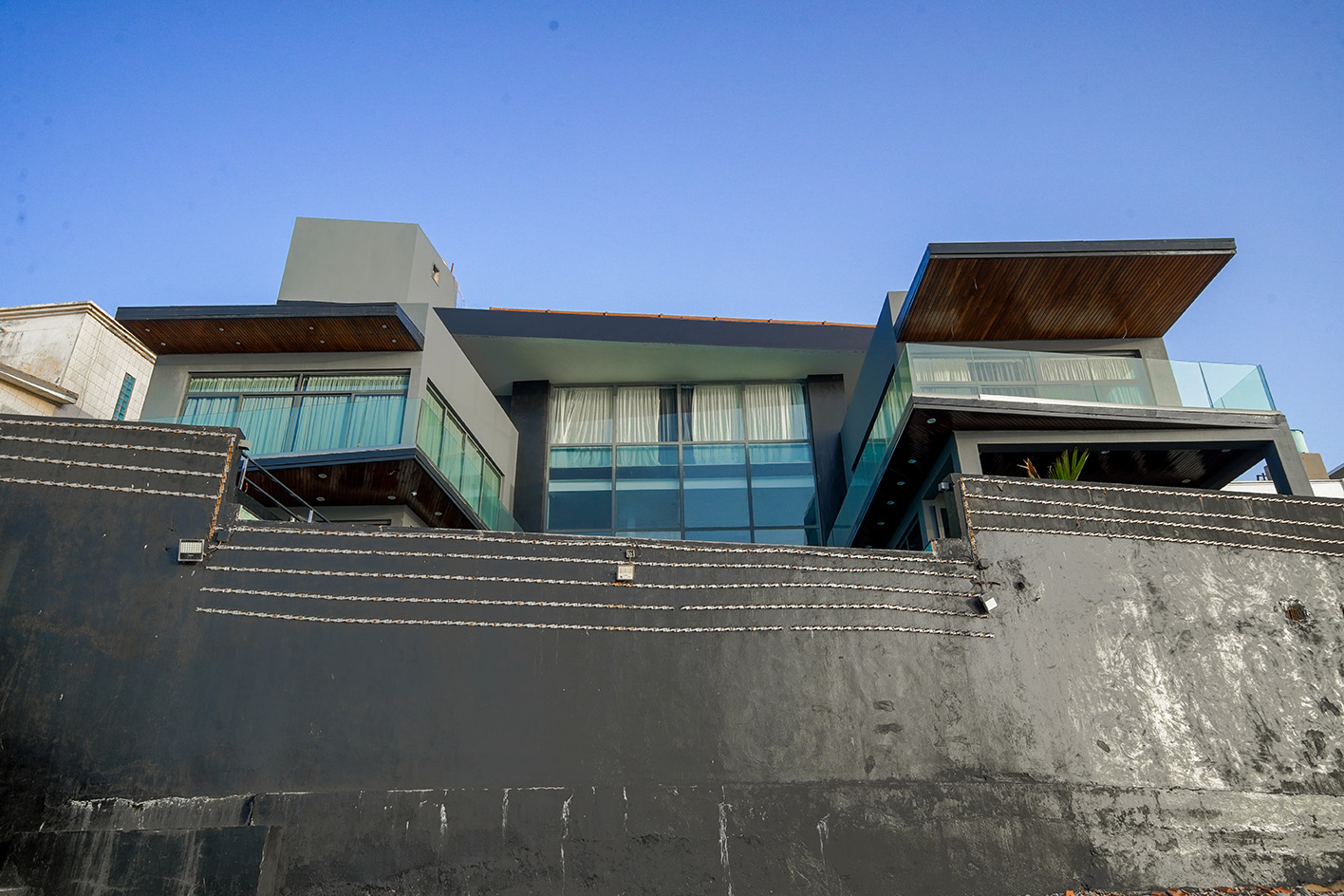 ID+EA, Senegal: Wallpaper* Architects’ Directory 2023
ID+EA, Senegal: Wallpaper* Architects’ Directory 2023ID+EA from Senegal features in the Wallpaper* Architects’ Directory 2023, our round-up of exciting emerging architecture studios, with a commission for artist Kehinde Wiley
-
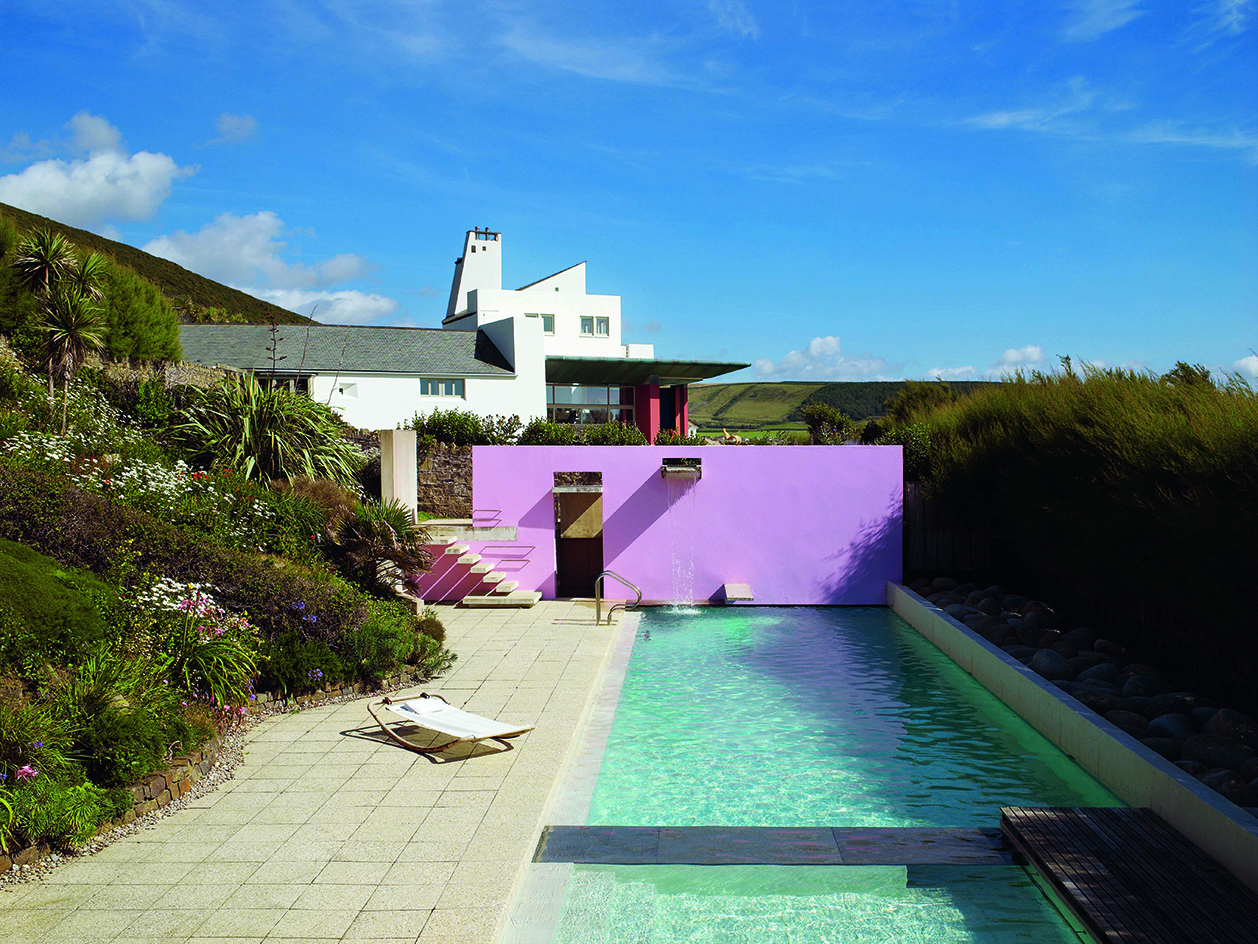 The iconic British house: key examples explored
The iconic British house: key examples exploredNew book ‘The Iconic British House’ by Dominic Bradbury explores the country’s best residential examples since 1900
-
 Loyle Carner’s Reading Festival 2023 stage presents spatial storytelling at its finest
Loyle Carner’s Reading Festival 2023 stage presents spatial storytelling at its finestWe talk to Loyle Carner and The Unlimited Dreams Company (UDC) about the musical artist’s stage set design for Reading Festival 2023
-
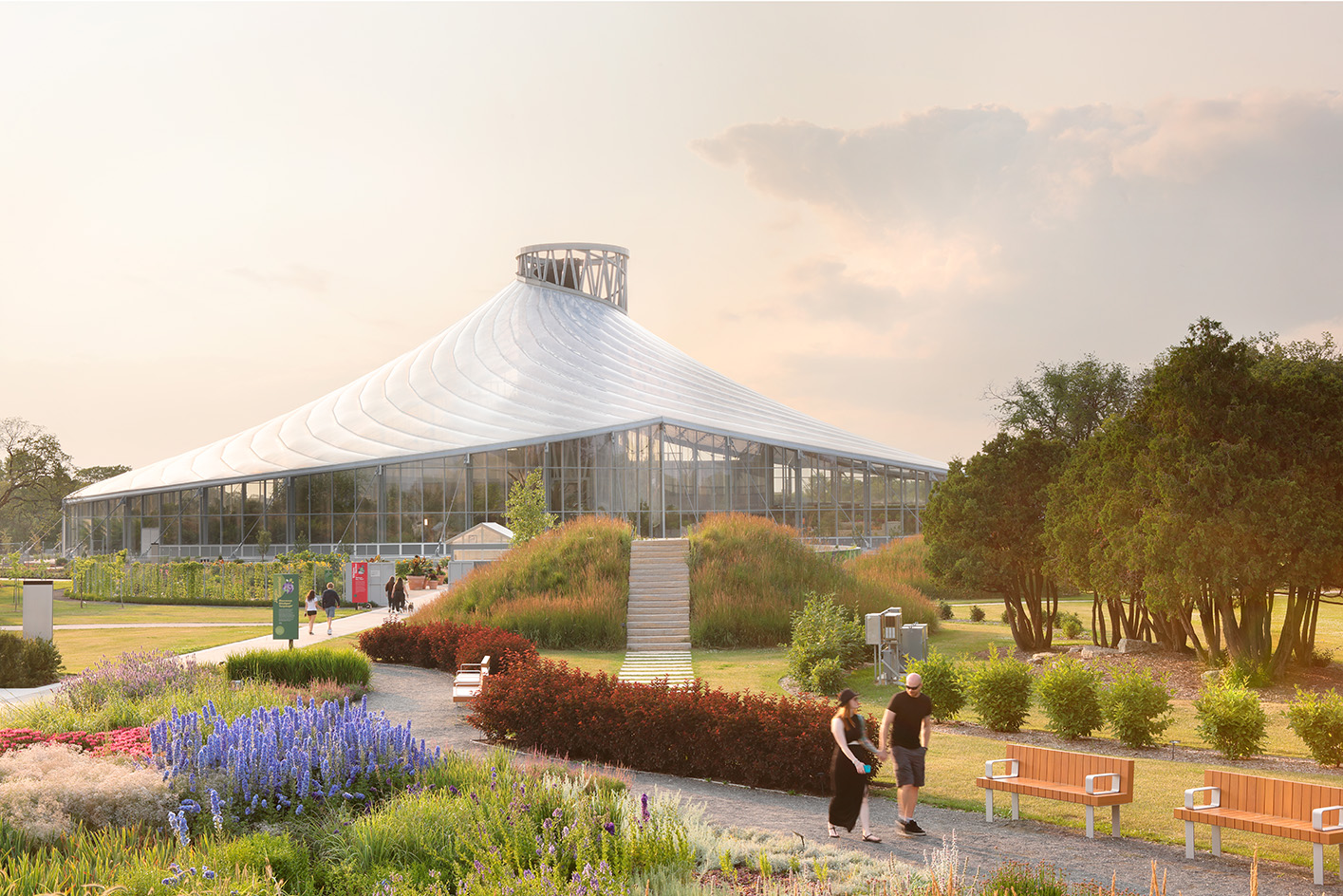 The Leaf is a feat of engineering and an ode to the Canadian Prairies
The Leaf is a feat of engineering and an ode to the Canadian PrairiesThe Leaf in Winnipeg, Canada, is the first interactive horticultural attraction of its kind: a garden and greenhouse complex promoting a better understanding of how people can connect with plants